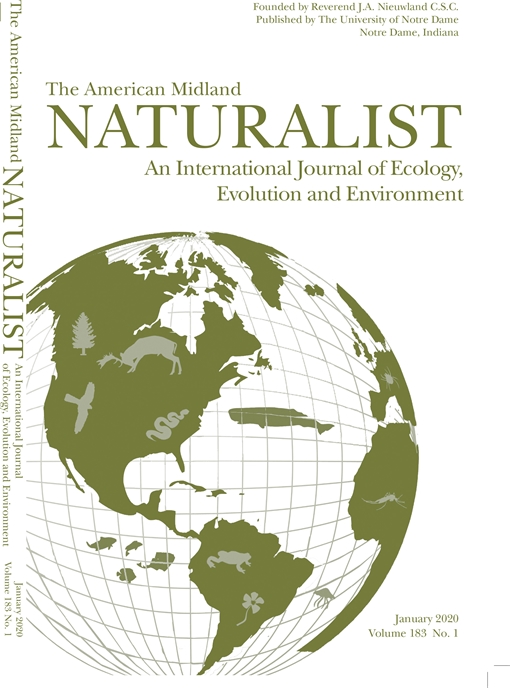The recently delisted black-capped vireo (Vireo atricapilla, hereafter “vireo”) nests in shrublands from south-central Oklahoma to southwestern Tamaulipas, Mexico. Vireos are considered to be “conservation-reliant” because they require on-going habitat maintenance and control of brown-headed cowbirds (Molothrus aster, hereafter “cowbird”). Most long-term research has been conducted in comparatively mesic parts of the vireo range, but more arid shrublands comprise the larger proportion of their distribution. Our study area is in a Nature Conservancy preserve in southwestern Texas (Val Verde County), which does not manage vireo habitat or cowbird populations. We examined change in habitat characteristics (2002 vs 2017) and bird detections (1997-2001 vs 2013-2017) at two sites: a mesic alluvial terrace and an adjacent semi-arid canyon. The alluvial site is recovering from a historic flood in the 1950s that scoured vegetation to bare ground; the canyon site has not experienced any major disturbance in that time frame. Vireo and cowbird detections declined at the alluvial site but not at the canyon site. Several important vegetation characteristics of the alluvial site changed significantly: density of leaf cover at lower heights (<1 m) decreased, the number of shrubs increased, and tree height increased. At the canyon site, leaf density increased in all height classes above 0.5 m, shrub width increased, and the number of shrubs increased. While the alluvial site has become less suitable for vireos, the canyon site has supported breeding vireos throughout our study period despite lack of landscape management or cowbird control. Our data suggest that in more arid parts of the vireo range, undisturbed shrublands persist as mature viable habitat for extended periods, possibly in perpetuity, with little or no need for management. These low-maintenance shrublands will be especially important for the long-term persistence of black-capped vireo populations.
How to translate text using browser tools
21 January 2020
Semi-Arid Shrublands Require Little On-Going Management to Remain Suitable for Black-Capped Vireos
Charlotte M. Reemts,
C. Craig Farquhar,
Jacqueline R. Ferrato,
Richard M. Kostecke
ACCESS THE FULL ARTICLE
It is not available for individual sale.
This article is only available to subscribers.
It is not available for individual sale.
It is not available for individual sale.





